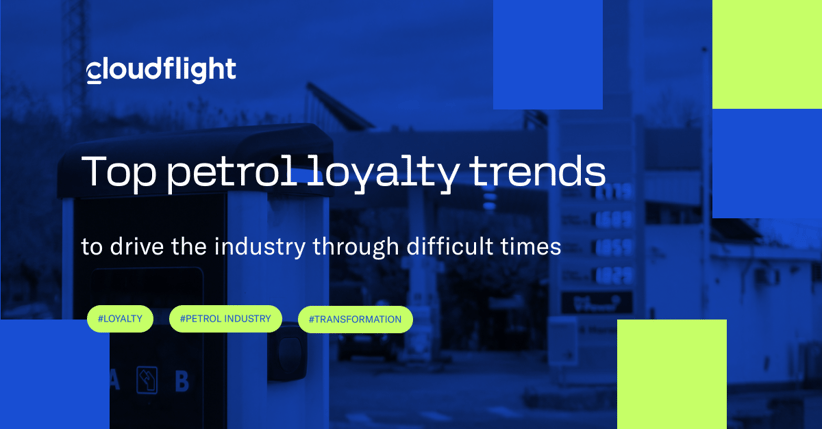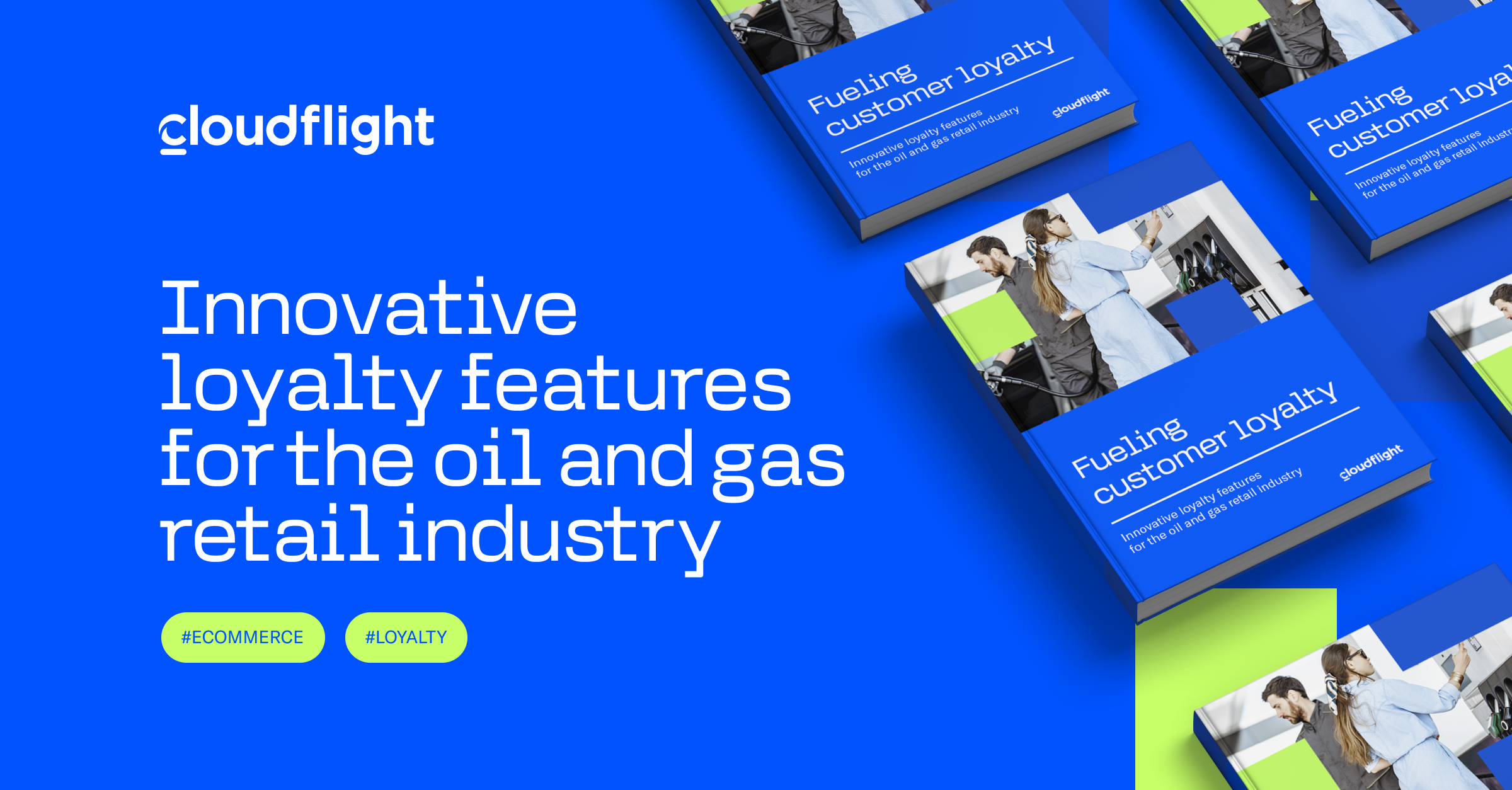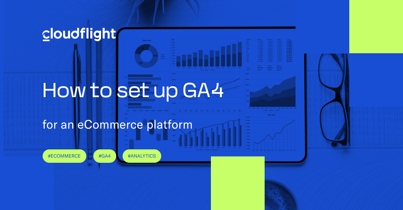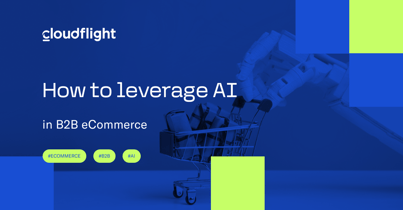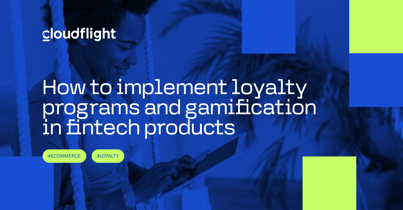The global petrol industry is changing. Currently, over 140 countries are committed to reaching net-zero carbon emissions by 2050, and the share of electric cars in the market is quickly rising. In Norway, the undisputed leader in this area, electric cars amounted to nearly 90% of newly registered cars in 2022. Although the position of petrol-powered cars and the fuel itself remains strong for now, it’s very likely to keep diminishing every year.
On top of this, the fragile situation of the post-COVID global economy, paired with high petrol prices, is taking a visible toll on customer habits. While B2B clients keep filling up their vehicles like they used to, their B2C counterparts are becoming restrained. They’re either investing in more efficient engines or simply reducing their car usage in favor of public transportation, bikes, and other attractive alternatives. The role of petrol is falling across all modes of transport, and, as things stand, it’s difficult to imagine this trend reversing.
Image source: BP Energy Outlook 2023
All these factors come together to create a precarious position for the petrol industry. Fuel itself isn’t the answer to making a profit anymore. Businesses need to be agile like never before, pivot, and venture into previously unexplored territories. A modern, well-implemented loyalty initiative can be the key factor to ensure that customers remain committed through this transformative period. Building on Open Loyalty’s latest report on the state of the loyalty industry, let’s take a look at some of the most promising trends for 2024 in petrol loyalty programs.
Gamification
Gamifying experiences is steadily becoming more and more impactful for the whole loyalty industry, and the petrol sector is no different. Although the practice might seem like just a gimmick at first glance, properly implemented gamification can bring businesses a number of tangible benefits. The most significant of these include:
- Increased engagement: gamification adds an element of fun and excitement to loyalty programs, which makes them more engaging for participants. Customers are more likely to actively participate and interact with a program that feels like a game with a prize rather than a mundane transactional process.
- Behavioral changes: gamified experiences can influence customer behavior by encouraging specific actions or interactions in a natural way. These can be making additional purchases, referring friends, or providing feedback.
- Long-term motivation: loyalty programs are designed for the long haul, but making sure that participants don’t drop out can be challenging. Game mechanics, such as points, levels, badges, and leaderboards, are an excellent answer to this issue. They create a sense of achievement and constant progression that encourages continued participation.
- Data collection and insights: gamification provides opportunities to collect valuable data on customer behavior and preferences. Businesses can analyze game-related interactions to gain deeper insights that help them tailor future promotions and offerings.
Sports apps can provide a good source of inspiration for gamification tactics. Image source: Open Loyalty
On top of these universal benefits, gamification and the petrol industry are a very natural marriage. There are many creative ways to incorporate such mechanisms into the experience of driving and filling up in a way that doesn’t feel forced and awkward.
- If a customer is setting out on a long drive, you can create a mission for them to stop at several stations along the way every three hours or so and receive discounts on food and beverages. It’s a seamless extension of healthy driving habits; everyone knows about the benefits of taking a break to rest and stretch one’s legs.
- Thinking on a smaller scale, let’s assume that a station has six individual petrol distributors. It might be a fun challenge to “collect” filling up from each one of them during six different visits for a small reward.
These are, of course, only examples, and there’s a lot of space for creativity in this area.
Experience-based rewards
Traditionally, the rewards that participants would be working toward have been physical products, such as, for instance, car accessories, electronics, toys, and so on. This was the case for a good reason, and there are a number of benefits to offering physical rewards. Most notably, they’re tangible and easy to visualize, which makes them powerful incentives for customers to keep at the back of their minds while collecting points.
However, times are changing, and modern loyalty programs for the petrol industry tend to move away from physical rewards in favor of experience-based incentives. It simply makes more sense in terms of cost efficiency. When you offer physical products, you first need to purchase them, then store them, possibly for a long time, and finally ship them to one of the stations or directly to the customer. This requires a lot of work, space, logistical planning, and, of course, extra costs. On the other hand, experience-based incentives are much easier to manage. Because they’re almost always handled digitally, the effort and costs associated with them are marginal.
Experience-based rewards don’t need to be a downgrade from physical ones, either. There are plenty of possibilities to make them just as, if not more, attractive to customers. Here are a few examples of such rewards:
- VIP treatment at stations: this might include dedicated resting areas, discounts on select products, additional loyalty points, or simply free coffee every now and then.Exclusive experiences: brands that sponsor races or rallies often offer special co-drives with professional drivers for their key B2B clients or winners of lotteries and B2C competitions.
Image source: Envato Elements
- Subscriptions: although it’s not a particularly imaginative reward, few customers would say “no” to a free month of Netflix, Spotify, or their other favorite services.
- Event access: you can offer discounts and early access to tickets for sports events, concerts, and other high-demand events.
- Environmental work: when our society is becoming more and more conscious of environmental issues, it might be an attractive option to donate the monetary value of points to causes such as planting trees.
- Charity donations: some loyalty programs also offer customers the option to donate the value of their rewards to charity, humanitarian events, or causes. On top of satisfying customers, this also creates the ever-persued image of social responsibility and philanthropy for the brand.
Partner programs
With each passing year, the petrol industry is becoming less and less about petrol itself. Businesses are spreading their eggs between many baskets, and revenue sources such as convenience stores, fast food, and parcel pickup services are taking center stage. This new multifaceted approach is a natural fit with the concept of a partner program.
A partner program, in short, is a loyalty program that’s a collaboration between several non-competing businesses. Customers can collect the very same points or other incentives from each and every one of the businesses and exchange them for a shared pool of rewards.
There are a few significant benefits to this practice in the landscape of modern petrol loyalty:
Cross-promotion
When you join a partner program, you’re immediately a few steps closer to acquiring your partners’ customers. If a customer is already committed to collecting loyalty points from their favorite store, it makes sense to explore other businesses that also offer these points. On top of this, companies that participate in such programs often engage in shared promotional activities and co-branded marketing efforts that all parties benefit from.
Image source: Unsplash
Cost optimization
Being a part of a partner program works much like carpooling. Certain processes that normally happen in each business separately, such as keeping track of points and distributing rewards, are consolidated on a higher level. As a result, costs associated with those processes can be shared between partners, and each business ends up spending much less than if they were to tackle them on their own.
Data sharing
Modern loyalty programs are heavily dependent on customer data, and partnering with other businesses can be an extremely effective way of acquiring it. Depending on how the program is set up, you can expect that at least a part of the data that’s collected by one business will be shared with all the others even if this particular customer has never interacted with them. Such data can be an invaluable asset in market research and marketing efforts, to name only the most significant sectors.
Reward efficiency
As a side but just as an important benefit, participating in partner programs creates the opportunity to offer attractive rewards in an efficient way. To illustrate this, let’s assume that a TV is a popular reward among participants. If a petrol chain were to offer it as a physical reward, it would fall into the logistics trap described in the previous section because TVs are huge products that are cumbersome and expensive to store and ship.
However, if the petrol chain is a part of a partner program, there’s a better way to offer this reward. What if, instead of handling the logistics on their own, they provided a voucher to an electronics chain that’s also partnered? This is the best deal for everyone involved: the petrol chain doesn’t have to handle the logistics, the customer is given a wider choice of products, and the electronics chain gets a new contact for their mailing list along with valuable information about their interests.
Predictive segmentation and analytics
Artificial intelligence (AI) and machine learning (ML) are currently everywhere, and the petrol industry isn’t an exception. These technologies, harnessed in the form of segmentation and analytics, play one of the crucial roles in modern loyalty initiatives for the petrol sector. The tools are getting more and more refined, which means that you can now expect much more precise insights than before. Once, weeks and days were the standard units of measure; now, they’re getting down to hours. Here are a few examples of the opportunities that they offer.
Demand forecasting
The foundation of customer loyalty isn’t a fancy loyalty program; rather, it’s the mundane, everyday wins such as being reliable and offering a high-quality product. Fuel shortage is among the most disastrous setbacks that happen in this area but also one that can be avoided with the right technology. When used to their full potential, predictive analytics can take into account any number of factors from within the company and outside of it to forecast demand for products at specific locations and times. This allows fuel companies to manage inventory more effectively and find the elusive “just right” point between a shortage and overstocking.
Sentiment analysis
Another powerful use case for these technologies is analyzing customer feedback and sentiment. Sources for this kind of data can be straightforward, such as customer surveys, but also more intricate, like, for instance, monitoring the frequency of a given customer’s visits, their purchases, or behavior in stores. Modern AI and ML applications offer an unmatched chance to extract valuable insights from this kind of data that you can later use to refine loyalty program offerings and ensure that they align with customer expectations.
Image source: Unsplash
Predictive segmentation
Automated sentiment analysis naturally extends into predictive segmentation. Unlike traditional segmentation, which relies on historical data and static attributes, predictive segmentation anticipates future actions by identifying patterns and trends within large datasets. This can be an invaluable resource for loyalty program managers because it lets them identify, for instance, which customers are likely to churn and need extra encouragement to stay with the company through loyalty tactics. As a result, businesses can move beyond one-size-fits-all strategies and create more nuanced and effective programs that resonate with specific customer groups.
Marketing automation
All the tools and strategies described above won’t do much good if their results aren’t communicated to customers. In order to properly reflect the agility, efficiency, and leveraging of data that defines modern petrol loyalty programs, their marketing must also work in a similar way. This is where smart marketing automation comes into play.
Automated and AI-based marketing solutions complete the loyalty puzzle by precisely matching and, when needed, also adjusting messaging and channels to individual customers. This can ensure that each participant of a loyalty program is approached in a way that’s optimal for them both in terms of rewards that they’re offered and ways of obtaining them.
Real-time monitoring and messaging that are made possible by marketing automation can ensure that communications are relevant but also arrive at the right time. For example, you can monitor a customer’s progress toward their selected reward and encourage them to keep going when the system notices they might be giving up. Likewise, if a participant starts but doesn’t complete their registration or onboarding process, a quick reaction asking if they need help might prevent them from abandoning the program. The use cases are almost endless and can be precisely adjusted to your individual program.
Navigating a challenging market with proven solutions
There’s little doubt that the petrol industry is facing uncertain and challenging times. In order to maintain their positions, businesses will most likely need to gradually phase out petrol itself while investing more and more into “side” revenue streams. It’s a delicate process that comes with a genuine threat of losing regular customers.
In times like these, a well-thought-out loyalty initiative is doubly important. It can be a safeguard against current customers leaving as well as a draw for acquiring new ones. Although the broader trends described above are fairly universal, it’s still worth keeping in mind that, in the end, each business is unique and has its own set of needs. As the story of our implementation for Drop Tank shows, a solution that’s customized in strategic and technical terms is definitely worth investing in, so let’s talk about the needs of your business.
Published February 29, 2024

